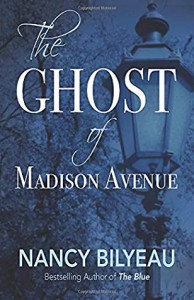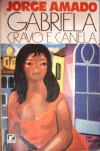Currently reading
MANHATTAN HAS ITS GHOSTS

When I began reading this novella, I wasn't sure if I would enjoy the experience. It begins with Helen O'Neill, a widow of Irish American stock, who had been recommended for a prestigious position working in the library of the great and powerful financier J.P Morgan by its librarian Belle da Costa Greene, being locked in a room of the library after being found in Morgan's private study. The time is December 1912, shortly before Christmas.
But as I went on to read further into the book, the author did subtly reveal, by degrees, to the reader the nature of Helen's life with her family in their home in the Bronx (where she had gone to live after her husband had died from fever in 1898 as a soldier in the Spanish American War). Helen is a very sensitive soul with a kind of sixth sense, which the Irish call 'aes sidhe.'. One wintry night after leaving the library to return home to the Bronx, she makes the acquaintance one night of a young woman dressed in clothes long out of fashion and unsuitable for the time of year. Helen is troubled by the experience and at first is at a loss as to how to make sense of it. She would encounter this woman a few more times, including once in the library itself! This is 'the ghost of Madison Avenue', a ghost with an interesting connection with one of the main characters which I won't reveal here. Indeed, there is so much more to this book that evokes mystery and wonder not unlike that one would find in Wilkie Collins' novel, 'The Woman in White.'
I was surprised - and amazed - by what I found from reading "THE GHOST OF MADISON AVENUE." It left me with a palpable feel for the New York City of 1912, as well as for the lives of some of the Irish Americans who resided and worked there. Thank you, Nancy Bilyeau.













